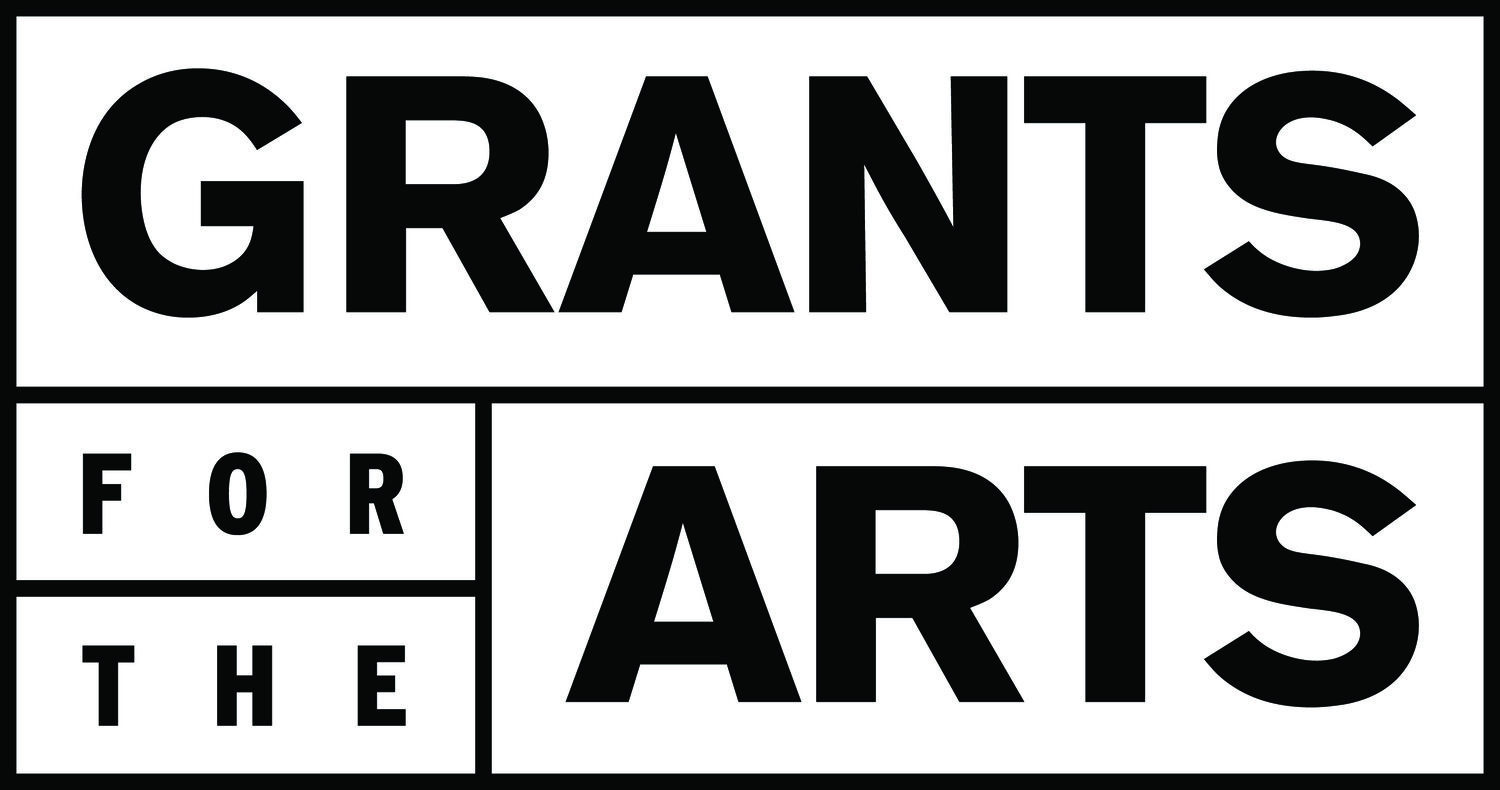CARCERAL SALES EVENT
Jodi Darby
Commissioned by SF Camerawork, Jodi Darby’s single-screen video-work Carceral Sales Event brings together 1950s commercials, instructional video footage, and images of prisons as they are fictitiously depicted in TV and film. Who is charged with mediating and gate-keeping images of prisons and prisoners? Darby asks viewers to judge the degree to which representations of prison life are abstracted. Consuming through screens is a state of abstraction. As the title suggests, Darby proposes that we’ve been oversold on a system that is as obscured as it is broken, and as cheap as it is abusive.
Darby and curator Pete Brook talked over the visuals and associations at work in the 6-minute video-work.
CONVERSATION
JD: Cameras create our ideas about what the carceral system is and what prisons are even. I took archival footage of the prison system. None of it documentary. Everything in Carceral Sales Event was made by a second or third party, an institution, the state, the police, or an educational/instructional body. Cameras are creating imaginary worlds.
JD: This video piece starts with this idea that they are creating a world for you. The world that is created for you has nothing to do with reality. It's manufactured by a camera that has a director behind it and it has other users who are creating a role for us. The two panels in the center are from a film about the history of prisons. The two on the outside are from films about the physical structures of the prisons.
PB: Where did you find the footage?
JD: The Prelinger Archive... archive dot org. It's like my Christmas stocking. It's my favorite place to go. It has been built over years, moving images that are royalty free. They're very easy to download. All these are from Prelinger.
Ideas make versions of other worlds in advertising, especially in the 50s and 60s. The ideas of how we should live, what we should do, what we should use to maintain the home.
PB: To operate a home.
JD: You can go shopping and you can ride the escalator, and you can go to the carnival, and you can put your kids in a pen while you shop. Over the top messaging and a contrast with what being inside prison looks like. Aesthetically, I like the way that the film is transferred, the colors, the quality of the light.
JD: On the left, below, is a shot from an amazing informational video about how to use teargas canisters. A bunch of white cops teargassing people of color who have decided to gather, teargassing workers who are demanding their rights, teargassing some petty thieves. Everybody's getting tear gassed and it's a wonderful short piece.
JD: Third from the left is from a film about inside prisons but there aren't any prisoners. It was all actors. In all of these, there are no prisoners! There are no actual people. So I was drawn to this idea of an abstraction. There's several films that I used. One is The Glass House (1972) starring Alan Alda, based on a Truman Capote at novel. Then, prison exploitation film. I used a lot of different films. The most recent being American History X.
What kinds of images are recurring in these films? Images of the bars! There's the bars closing. There's the hands through the bars. Gripping the bars. There's the shot where people walk down with cells on either side. There's the cafeteria scenes. There's the the scene running around the the yard and others (usually) working out. There are very specific scenes that are reenacted over and over again in Hollywood films about prisons. Created by Hollywood lenses. I threw in some commercials.
PB: Commercials are creepy.
JD: They are about controlling or shaping ideas. Who deserves to get locked up? And who doesn't deserve to get locked up? [Opinions are] based upon media and ideas that we are shown?! We're constantly being fed info about prisons but often as cultural products or jokes, or as news reference. A lot of the lot of the commercials that I used were for cleaning supplies where things are dirty and they get cleaned and then they're white shiny.
PB: You frame a capitalist fetish for military order and furiously polished surfaces. The sink works next to the teargas. It is totally plausible.
JD: If we can all accept the fact that we are policed along the lines of race and class in this country then [we can see, at any given time] that there are all these different elements coming together to reinforce the idea that "These people deserve this, and these other people don't."
PB: I interpreted the two types of imagery—the commercial ads and the prison footage—-as they appeared; as two things that emerge from the same logic. Mass consumerism and mass incarceration. They both tend to support a backward-acting and backward-lurching weaponised-nostalgia.
JD: This is the only sequence that has an actual person in it and it definitely gave me pause.
JD: This was an Oregon man, who was supposedly detoxing inside of a jail cell. A staffer recorded it with their cellphone. Those who were working there at the time, were making fun of this guy, as he was convulsing and suffering and wailing on the ground.
PB: Where in Oregon?
JD: Clackamas County, just the next county over from Multnomah (Portland). They are saying that if they had removed him and taken him to get medical attention, he would have survived. It was an overdose of crystal meth. His his family, his mother, specifically, brought the lawsuit against the sheriff and won.
Like I said, I grappled with not wanting to work with many of these types of images. I didn't want to use them as a way to exploit people's experiences.
PB: The footage of this man in crisis is disturbing and feels very different to everything that went before. The preceding images of consumerism and prisons alike had a distance to them, but suddenly the piece feels close and urgent. And added are an audio script, dialogue and captions.
JD: I added the captioning. Otherwise, the *banter* was hard to hear. It was just the most vicious stuff that completely dehumanizes the guy. As he was dying, they were making fun of him. I wasn't sure if I wanted to use the footage, but the way that he was being treated was just so egregious. This is the disrespect even of the people working in the facility; this is what people have been acculturated to believe.
JD: I looked at a lot of publicly-available surveillance footage and many YouTube clips of jail and prison stories. Most of it was pretty horrific stuff: strong-arm shows of state power, or folks in cardiac arrest, or negligent custody, or overdoses inside facilities. Most of the news reports on incidents focused on civil rights violations by guards against prisoners. A huge amount of them were about restraint chairs... it seems like the restraint chair is the focus of much debate: something that is used for prisoner's own good vs. something that is a torture device. To watch these reports over and over again in the process of editing... it's just very weird stuff. The words that are chosen! The wrapping up! "This horrible thing happened to this person and here's the details," followed by the studio talking-head capping the story with an up-note... when there never is one. In order to finish the packaging of it for TV and sign it off, they make trite summary. Instead of leaving us with something to really think about, they cap it. Move on.
PB: To a formula.
JD: It's fascinating to watch reporters, to watch how much they're telling through their facial expressions, and to zoom in on their faces, their mouths and their eyes.
JD: That's the exterior of San Quentin. The shot is taken from an archive film in which the camera was floating around the outside. The viewfinder was in the center, but it wasn't clinical or "armed"... it was done in an accidentally artistic way... with a shoe-gazing soundtrack playing underneath it, kind of like the Cocteau Twins, it felt like a romantic music video... and without a whole lot of explanation.
PB: This older footage of old prisons works with your 50s and 60s commercials. Modern prisons don't look like the prisons that were built between 1850 and 1950. For a century, prisons were open tiers in large tall cellblocks. Nowadays, it's AdSeg, concrete citadels, solitary confinement... or minimum security dormitories or smaller pod units.
JD: Values are created and cemented all the time, of course, but I think of the 50s and 60s as being a time in which "the proper American" was codified, set forth, and marketed. Established very deeply in that time period. That's also why there's a clip from a 3D Andy Griffiths Show.
PB: The Andy Griffith Show was targeted at a particular class (and, consequently, race) of child and family?
JD: It's many things but it was also low level articulation of state power through goofy shit in a world where all the cops are always good, always well intended. Cops with big hearts. So I inserted Andy Griffiths as another pointer to the indoctrination that happens through TV and screens. And, also, why would you need to see Don Knotts in 3D?
ABOUT THE ARTIST
Jodi Darby
Jodi Darby is a media artist, activist and educator specializing in experimental video and photography. Her work reflects an interest in re-purposing history, mapping the changing North American landscape and finding beauty in that which has been discarded and abandoned.
Darby is the Education Director of POWGirls, a program that teaches a curriculum of video production and media literacy to girls and non-binary youth, an instructor at Outside the Frame, a film program for houseless youth, and a professor at Portland State University's School of Art + Design.




